Pollinators: Nothing to Sneeze At
Did you know that honeybees are directly responsible for pollinating one third of the food we eat?
Pollinators, such as bees and butterflies, play a big part in getting our gardens to grow. They help fertilize flowers, carrying pollen from one plant to another. In return, pollinators only ask for food — the nectar and pollen from flowers they visit.
Lately, pollinator populations are declining. Thankfully, you can still “bee” an ally for pollinators by creating habitats for them in your own garden.
A garden frequented by pollinators is both healthy and beautiful. Give pollinators what they need and you’ll watch your whole garden bloom livelier than ever.
How to Keep Your Garden Beautiful and Attract Pollinators:
Location. The best way to attract pollinators is to plant flowers that appeal to them. Either add to an existing garden or designate one specifically for pollinators. Choose a sunny location and remove weeds from the plant beds.
Layer. Entice pollinators with native flowering plants that bloom at different times throughout the year, provide food and habitat. Include several types of flowers that produce nectar and sticky pollen.
At the back of your garden, plant tall flowers such as coneflowers, sunflowers, black-eyed Susans and asters. Their petals provide landing platforms for pollinators. In front of the tall flowers, plant medium flowers, like catmint and yarrow. In front of those, plant shorter flowers such as verbena, or herbs that flower, like oregano.
Planting. Plant tall flowers 18-20” apart, medium flowers 12” apart and short flowers 8-10” apart.
Sprinkle flowers with Plant-tone, an organic plant food that won’t harm any visitors to your garden. Or, try our new Grow! organic liquid plant food to quick-start your plants’ growth.
Now that your garden is set up to welcome pollinators, wait for the flowers to bloom!
Share pictures of your pollinator habitat with us on our Facebook page!
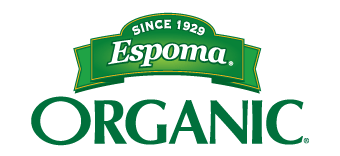
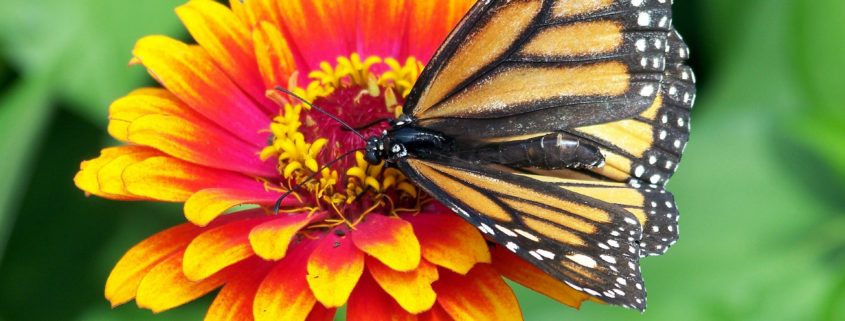
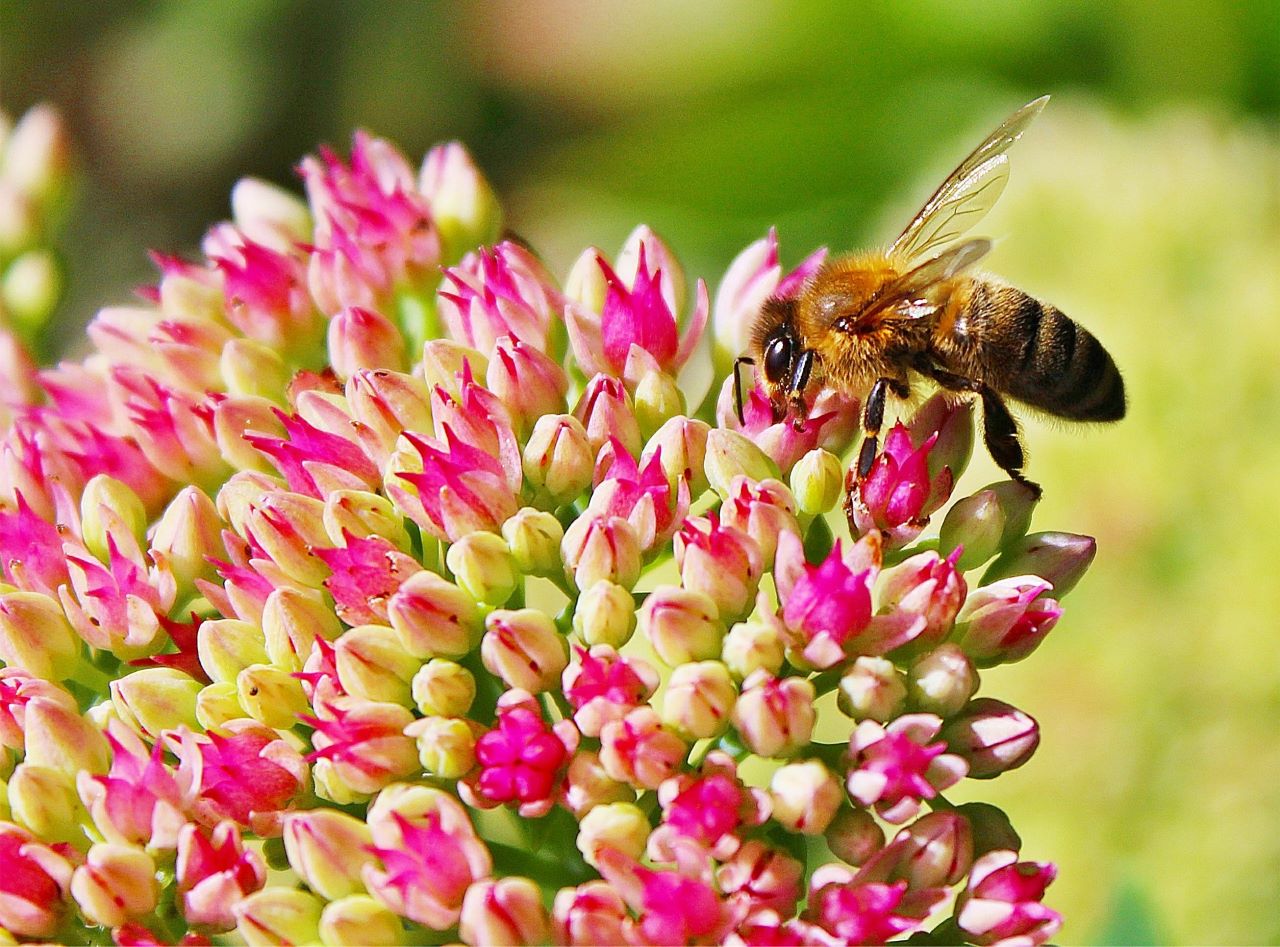
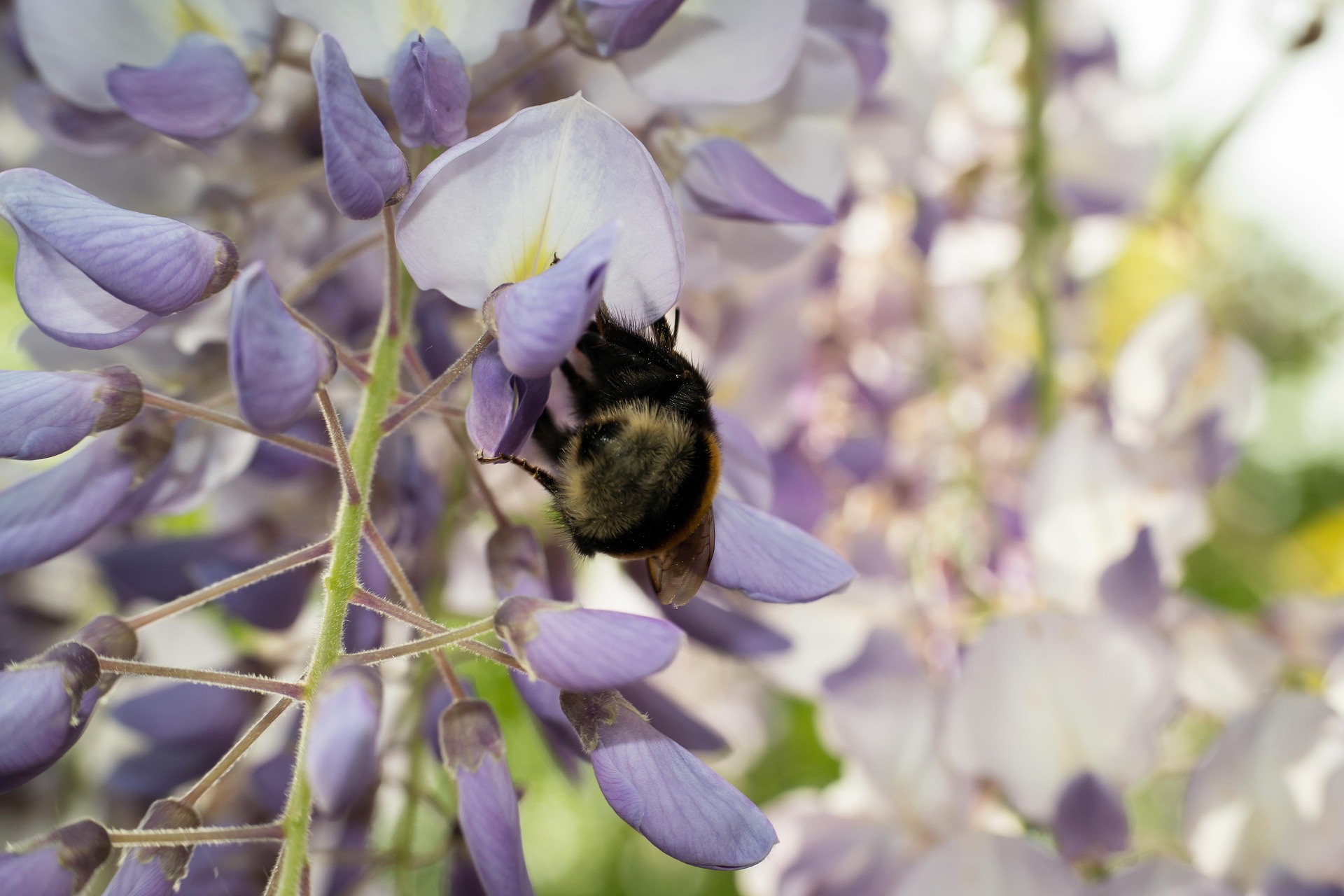
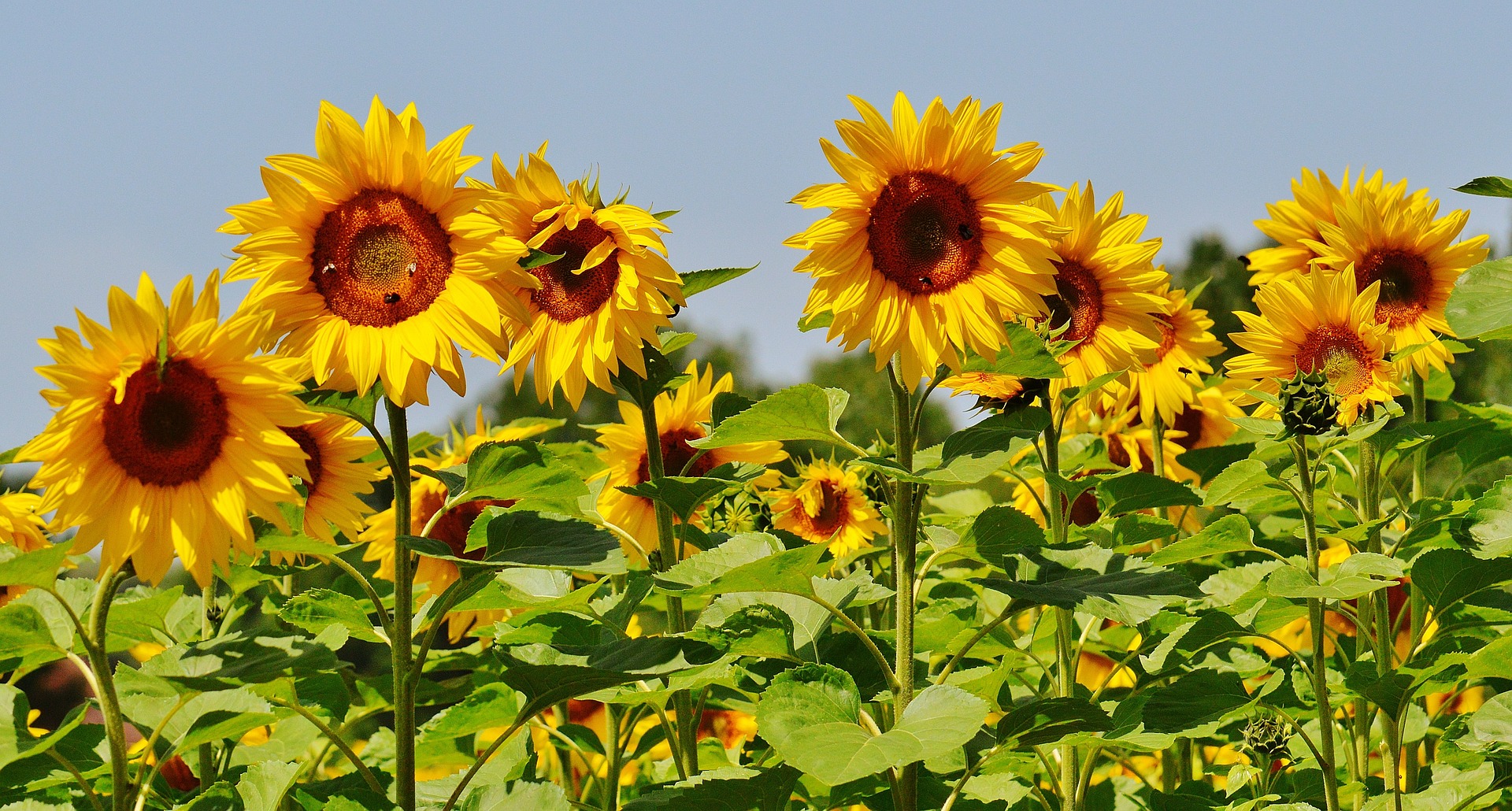
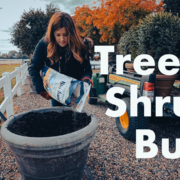
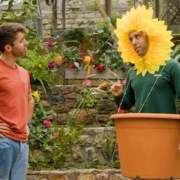
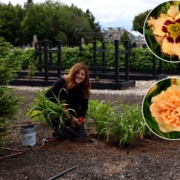
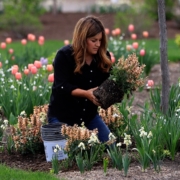
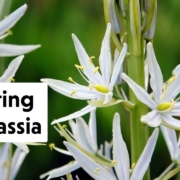
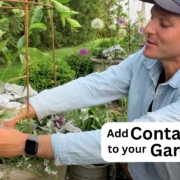
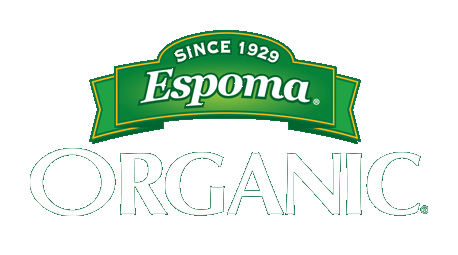
Trackbacks & Pingbacks
[…] Pollinators know it‘s fall too and they could use some help from your garden. This time of year is known as nectar flow, where many major nectar sources are blooming. They want their own fall fixes as they prepare to hibernate or migrate. […]
Comments are closed.